The Power of the Female: Devangana Sculptures on Indian Temple Architecture
This book is an offering to New Art History taking the study of classical sculptural art and traditional Indian iconography to newer heights of Interpretation. Sculptures of female figures in classical Hindu architectural traditions have found a special placement and significance. Numerous engaging image of devanganas - the surasundari, apsaras and alasakanya figures - decorate walls, ceiling and doorways of Hindu temples in India. viewing the devangana sculptures as a continuation of the yaksi sculptures found on Buddhist and Jaina monuments and the concept of primordial mother goddesses of the Vedic times, this challenging work on the devangana sculptures studies the morphology, iconology and semiotic meanings of the devangana figures and their placement in monuments of the eighth to 12th centuries CE of Gujarat, Rajasthan and Madhya Pradesh between the eighth and twelfth centuries CE.
In a path-breaking effort, the work focuses not on the much-discussed erotic and sexual connotations of these images but explores their dynamic meanings in the religious and cultural consciousness, which help to symbolize "the power of the female" in represent-examined. With more than 250 illustrations of temple sites and detailed sculptures, it enquires into the imagery of these figures. A significant aspect of the research is its critiquing of the existing literature on the subject to come up with novel viewpoints and use of tools like psychoanalysis and feminism to interpret the devangana sculptures.
The book will benefit young researchers, cultural enthusiasts, and erudite scholars of Indian art and architecture focused on religious and cultural significance of India's sculptural heritage.
Get it now and save 10%
BECOME A MEMBER

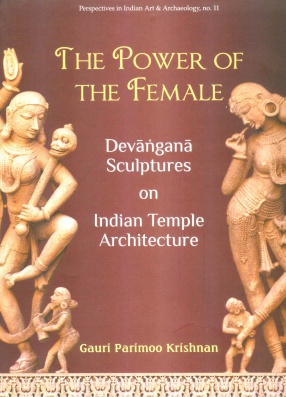
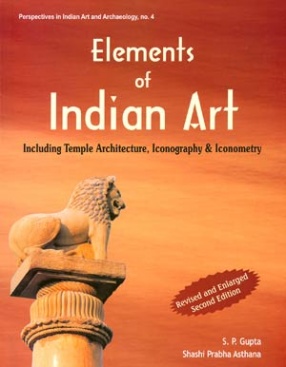

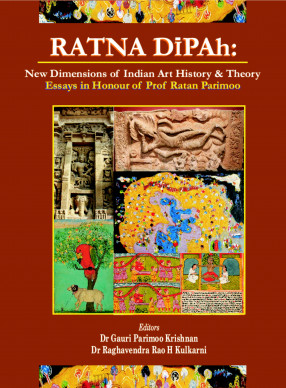
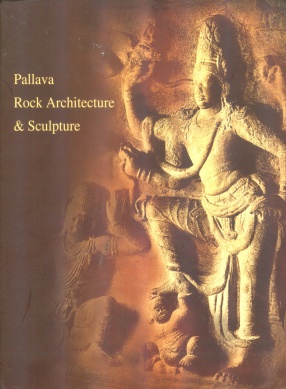

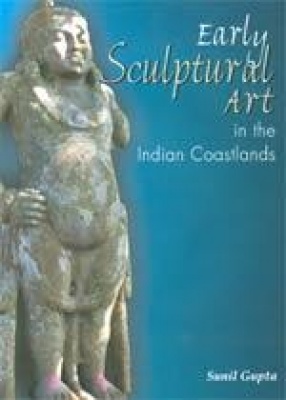


Bibliographic information